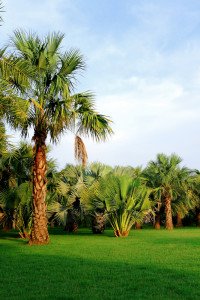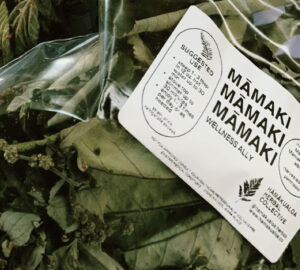By: Olin Erickson


All palms are classified into the scientific family Aracecea. Within that family of palms there are approximately 200 genera making up a total of over 2,600 different species or palm varieties. One type of genera consists of all the native Hawaiian palms, Pritchardia. There are 29 species of Pritchardia palms endemic to Hawaii, known locally as Loulu palms. Every island has its own unique species that grows distinctly to its specific habitat. Maui has distinct species that are found only in certain areas on the island. Common Pritchardia’s of Maui include; P. arecina & P. forbesiana.
Most palms are quite easy to grow. Many varieties are even drought tolerant once established. Don’t expect all palms to be fast growers, most species take time to mature. No matter where you live on the island there is a palm variety that is perfectly suited for your yard. Whether it be a miniature 4 foot small palm or one that grows to over 80 feet tall. Palms can be planted along driveways and paths, they can be used to supplement shade or serve as a visual barrier. Palms can also be used as a focal point planted alone in a garden or yard. Not only are palms planted for their beauty and shade but also for their food such as dates, coconuts an acai. Despite the function your palms serve, they will always remind you that you live in a tropical climate and paradise is only steps away.
There are a few basic rules to follow when growing palms. Most importantly don’t damage the top most central spear. If this young leaf frond is damaged or dies the overall health of the tree becomes compromised. Secondly, be careful not damage the root strands (especially near the palm base). Damaged roots die back to the trunk of the palm and may never grow back. When transplanting a palm already in the ground, make sure to dig up as much of the immediate root stock as possible. Once the palm is transplanted make sure it receives plenty of water the first two weeks. Unlike trees, palms do not heal wounds made to their trunks. When damage is done to the palm it will stay there forever. These holes can harbor insects and disease which will decrease its life span.
If you thought that palms were only limited to coconuts and areca’s then there is a new world of plants for you to discover. Hawaii has over 20 of its own varieties to choose from and our tropical climate is a perfect host for the rest of the species in the palm family. Give a palm a chance, plant one today!



